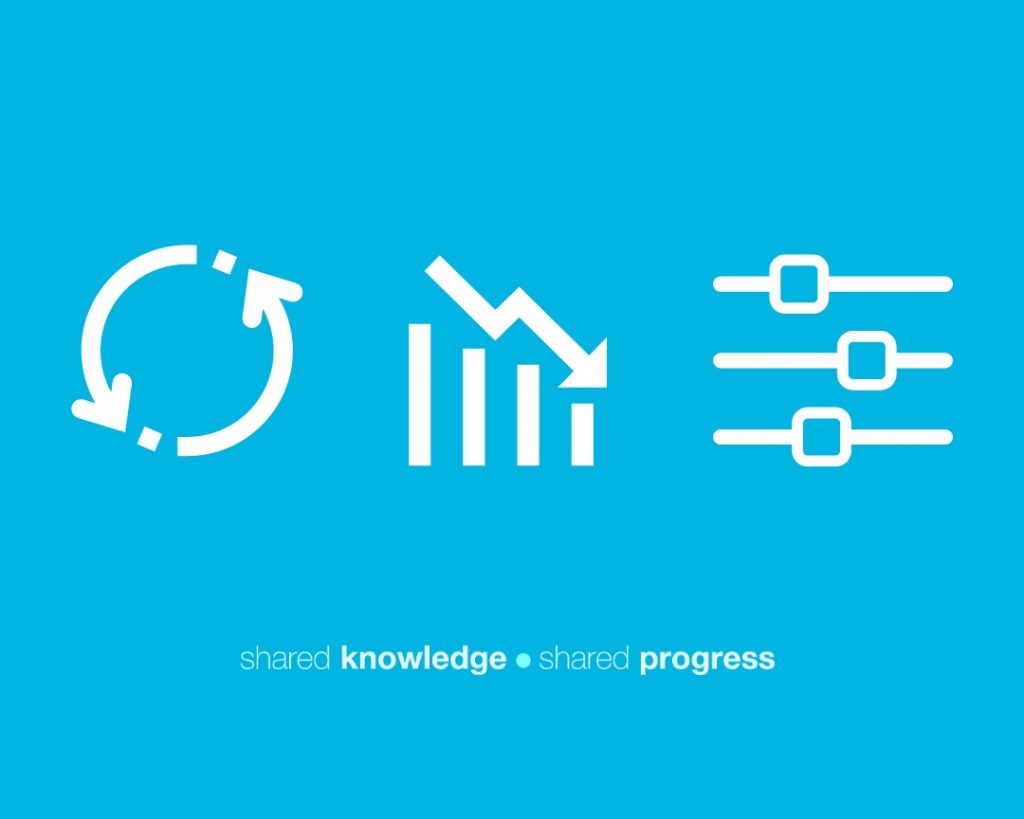5 things you should know about the data in the Lhasa Carcinogenicity Database (LCDB)
With technical input from Andrew Thresher. Would your toxicology assessments benefit from free access to long-term carcinogenicity study data? The Lhasa Carcinogenicity Database (LCDB) is a widely used, free resource of long-term carcinogenicity study data. In this article we explore 5 things you should know about the data in the LCDB. 1. The Lhasa Carcinogenicity […]
5 things you should know about the data in the Lhasa Carcinogenicity Database (LCDB) Read More »










